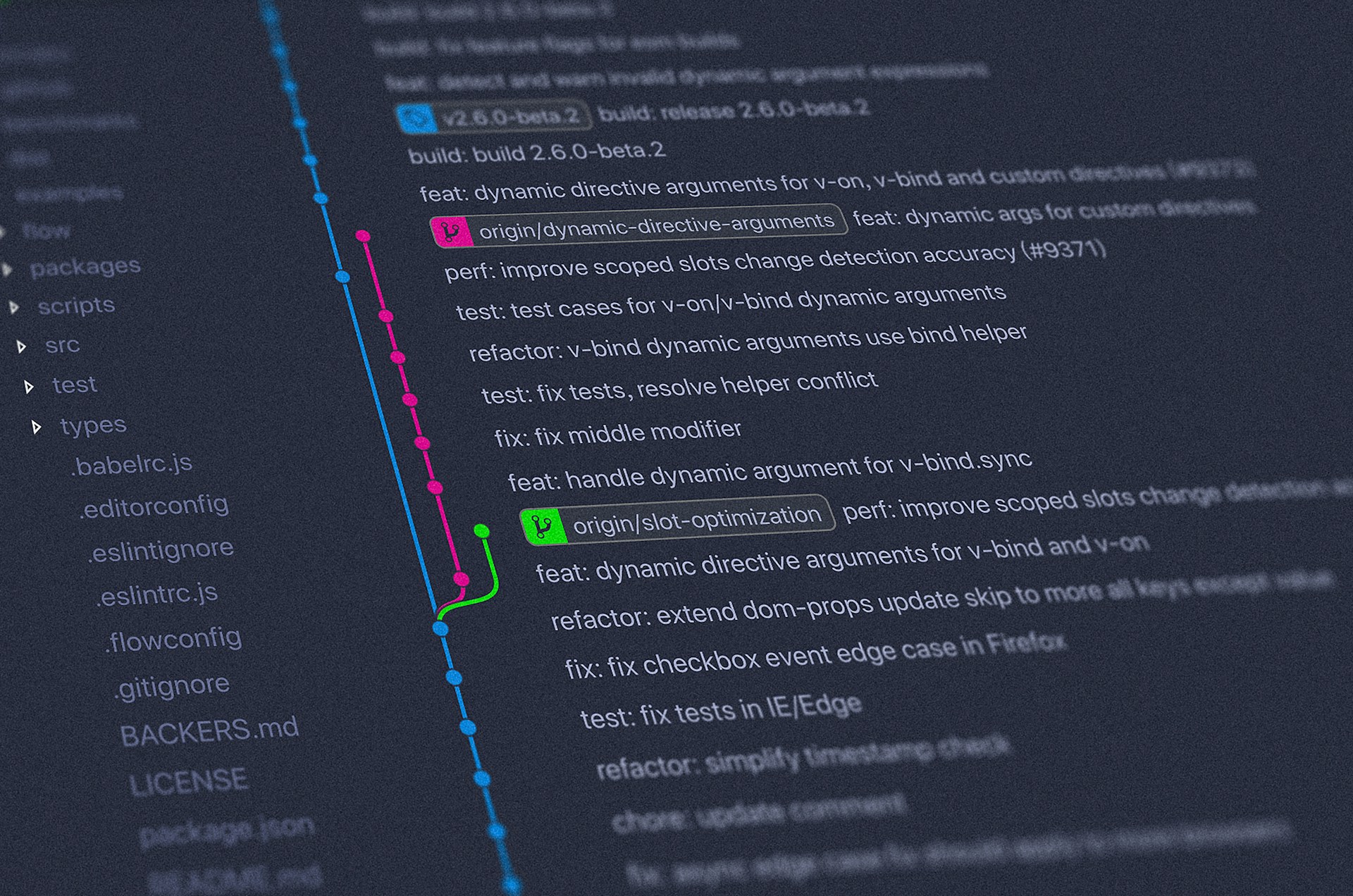The Path to Zero CVEs: Vanquishing Cyber Threats
Addressing Common Vulnerabilities and Exposures (CVEs) is no longer optional—aiming to eliminate them is a critical priority for securing modern systems.
November 8, 2024

The threat landscape continues to become more complex, and organizations are struggling to protect their software supply chains. Nation-state actors are actively exploiting vulnerabilities in these supply chains, a risk that grows as businesses increasingly rely on open source software. Addressing Common Vulnerabilities and Exposures (CVEs) is no longer optional—aiming to eliminate them is a critical priority for securing modern systems.
Modern software supply chains resemble traditional physical supply chains with numerous interrelated elements. The layers are extensive, from development tools to third-party libraries and dependencies. Open source software adds a new dimension of complexity, requiring developers and organizations to trust the integrity of countless external contributors. Vulnerabilities can emerge through transitive dependencies, or even human error, creating substantial security gaps.
Let’s step back for a quick definition. What is a CVE? A CVE, or Common Vulnerability and Exposure, is an identifier for a security flaw discovered in software. These vulnerabilities are pathways for attackers and can lead to significant security breaches, especially as software supply chains become more complex. With the growing use of open source software, the risk of these vulnerabilities increases, threatening the integrity of entire ecosystems.
A recurring theme in cybersecurity is that people are often the weakest link. Human factors—whether intentional or accidental—can compromise security. Effective governance and compliance are critical, but it’s important to acknowledge that no software can be entirely secure, regardless of thorough testing. Continuous identification and mitigation of risks are crucial for creating a secure environment.
Governments worldwide have recognized the need for enhanced security standards in software supply chains. In the U.S., the Biden administration has introduced executive orders to secure these supply chains. Europe’s Cyber Resilience Act (CRA) and efforts from the UK’s National Cyber Security Center (NCSC) provide frameworks and guidelines for securing software development and open source contributions.
While these legislative efforts are steps in the right direction, they come with significant challenges. For instance, open source contributors may be excluded from certain legislative protections, as seen in recent developments around the CRA. However, this exclusion can also be a partial victory for open source communities, allowing nonprofits to continue their work without facing undue restrictions.
The Myth of Zero CVEs; Build Guardrails & Understanding Instead
Is achieving zero CVEs possible? No system can be 100% secure. CVEs are a reality, with new vulnerabilities constantly being discovered. Rather than viewing zero CVEs as a final destination, seeing it as a continuous journey is more productive. Fortifying your software supply chain through good hygiene, guardrails, and ongoing monitoring is essential.
The infamous log4j “log4shell” vulnerability serves as a prime example where even secure software was affected by this previously undiscovered flaw. The goal is to stay ahead of threats by being proactive rather than reactive, emphasizing understanding to enable protection. By practicing good security hygiene and embracing innovation, companies can build resilience and mitigate the risks associated with CVEs.
Preventing CVEs from causing havoc involves building the right guardrails. This means understanding the software you integrate into your environment and ensuring it comes from trusted sources. Tools like Sigstore, SLSA, and policy engines can help enforce security and integrity. Building these guardrails creates an in-depth understanding of your software supply chain, using Software Bill of Materials (SBOMs) to track dependencies and identify potential weak points. An SBOM is a list of all components that make up that piece of software, including open source and third-party code, licenses, versions, and patch status.
However, it’s important to note that a one-size-fits-all approach may not work for every organisation. Security frameworks like SLSA or SBOMs may not apply universally to every vendor or open source dependency. Tailoring solutions to your specific needs and scale is vital.
Focusing solely on patching vulnerabilities is insufficient. Vulnerability management should be integrated into an organization’s broader security practices. Relying too heavily on patching can lead to burnout for security teams and missed opportunities for comprehensive fixes. Secure configurations, sandboxing, and adopting best practices such as secure software development life cycles (SDLC) can significantly reduce the risk of vulnerabilities causing major damage.
Tools like OpenSSF Scorecard, vulnerability scanning software, and SBOMs help security teams anticipate potential risks. Establishing a culture of DevSecOps, where security is integrated into the development process rather than added at the end, is also crucial. Vulnerabilities that are never brought into the supply chain don’t need to be remediated.
Zero CVEs isn't about Perfect Security
While people are critical, technology is central to securing the software supply chain. Source code scanning, signed packages, and regular auditing of dependencies should be integral parts of an organization’s security process. Policy enforcement engines, like Open Policy Agent (OPA) or Kyverno, ensure that only trusted software is used in production environments.
Monitoring your environment with tools like GUAC helps maintain an up-to-date software inventory and track emerging vulnerabilities. This prevents the "whack-a-mole" effect, where teams constantly scramble to address new threats without a clear strategy.
The road to zero CVEs is not about achieving perfect security—it's about implementing practices that allow your organization to remain resilient amidst evolving threats. By fostering a security culture within your development teams, leveraging the right tools and technologies, and collaborating closely with open source communities, you can significantly reduce the risk of vulnerabilities and stay ahead in the cybersecurity game.
Ultimately, it's all about continuously improving your security posture and making data-driven decisions. Security isn’t just a destination—it’s an ongoing process that should evolve alongside your technology and infrastructure.
Staying informed and proactive is critical for developers, cybersecurity professionals, and the open source community. By doing so, we can create a more secure, resilient future for our software supply chains.
Previous
No older posts
Next
No newer posts



















.webp)









.webp)























.png)
.png)


.png)
.png)
.png)
.png)
.png)
.png)
.png)



.png)









.jpg)






































